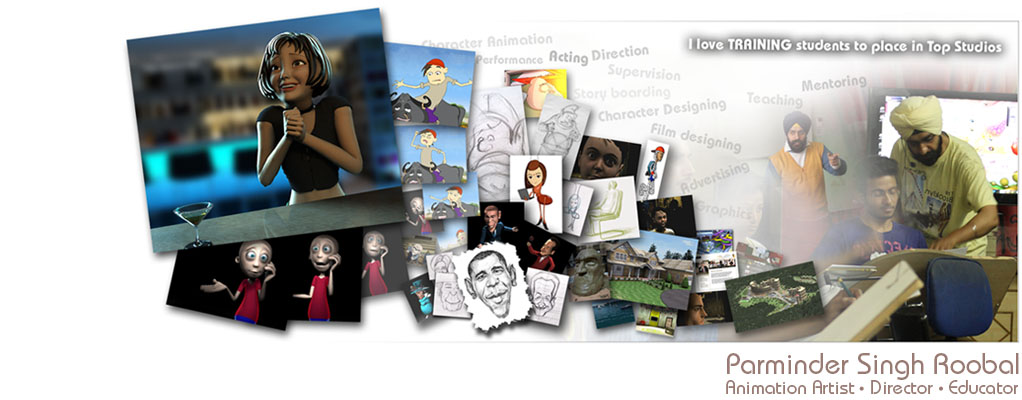When we
were in Kindergarten, teacher asked to write cleanly. Same continued
in our primary school, when we got bonus marks for cleanliness.
Writing clean, putting each mark cleanly on paper got into our veins.
All was
fine, until the subject in question came to be drawing. We started
approaching the subject of drawing in similar fashion. Whenever we
try, we try to draw as neat as possible. We assume that to be the
criteria of our drawing skills. We get impressed by Artists who draw
neatly in front of us.
Incidentally
that psychology happens to be the biggest hindrance in learning to
draw as well as to create most expressive drawings.
Kimon
Nicolaides, worlds most renowned art teacher, explored what is the
most natural way to draw. Or what is the way the most successful
artists have been drawing. Then he devised world popular drawing
exercises for students to get hold of this way.
Gestural Study by Michaelangelo
Gestural Study by Michaelangelo
The exploration of drawing process is real amazing and eye opening. Any drawing involves multiple components that should be there in it. The prime among these is gesture. This defines the meaning, the expression, the soul, the communication of the drawing. It is this component upon which whole of the finished drawing can be built.
And
incidentally this component can be defined only in a very quick and
rough manner. Why is it so is an altogether different subject handled
by Betty very well in her theories of Right brain.
To
create the most expressive drawing you are capable of, put all your
faculties onto getting the gesture/expression/meaning down on paper
and that is possible only in a quick, rough right brain approach. Onto that, define the contours and form. Later finish and clean it.
Following
are the example drawings of the exercises by Nicolaides devised for
responding to gestures/expression/meaning.
All Walt Stanchfield (renowned Teacher at Disney Studios) lectures focus developing the capability of capturing
gestures and in unison with other masters he always advised to work
rough and loose at this stage. Can be
read very clearly in chapter discussing "Drawing style for animation"
and most of other chapters of "Drawn to Life". He has
specifically indicated how stiff drawings become if we try to make
them clean at the very outset.
Stage 1
Stage 2
Ollie Johnston and Frank Thomas in their historic book - Illusion of Life mentions following about Walt Disney -
"Walt was quick to recognize that there was more vitality and imagination and strength in scenes animated in a rough fashion and he asked all animators to work more loosely" - Illusion of life.
Another quote -
"In
some cases, the drawings were so rough it was difficult to find any
cartoon figure inside the tangles swirl of lines.." - Illusion
of life.
The all popular quick sketching rough approach of classical animation discovered and advocated by Shamus Culhane fully rely on working in this gestural fluid creative mode.
6 seconds rough by Shamus (from his wonderful book "Script to Screen") -
Storyboard roughs by Shamus -
Nicolades
gives excellent exercises for students to make them capable of
working in this free flowing gestural mode which is so expressive. I
strongly recommend doing complete Nicolaides Art Course for getting
full hold on this magical mode of drawing.








